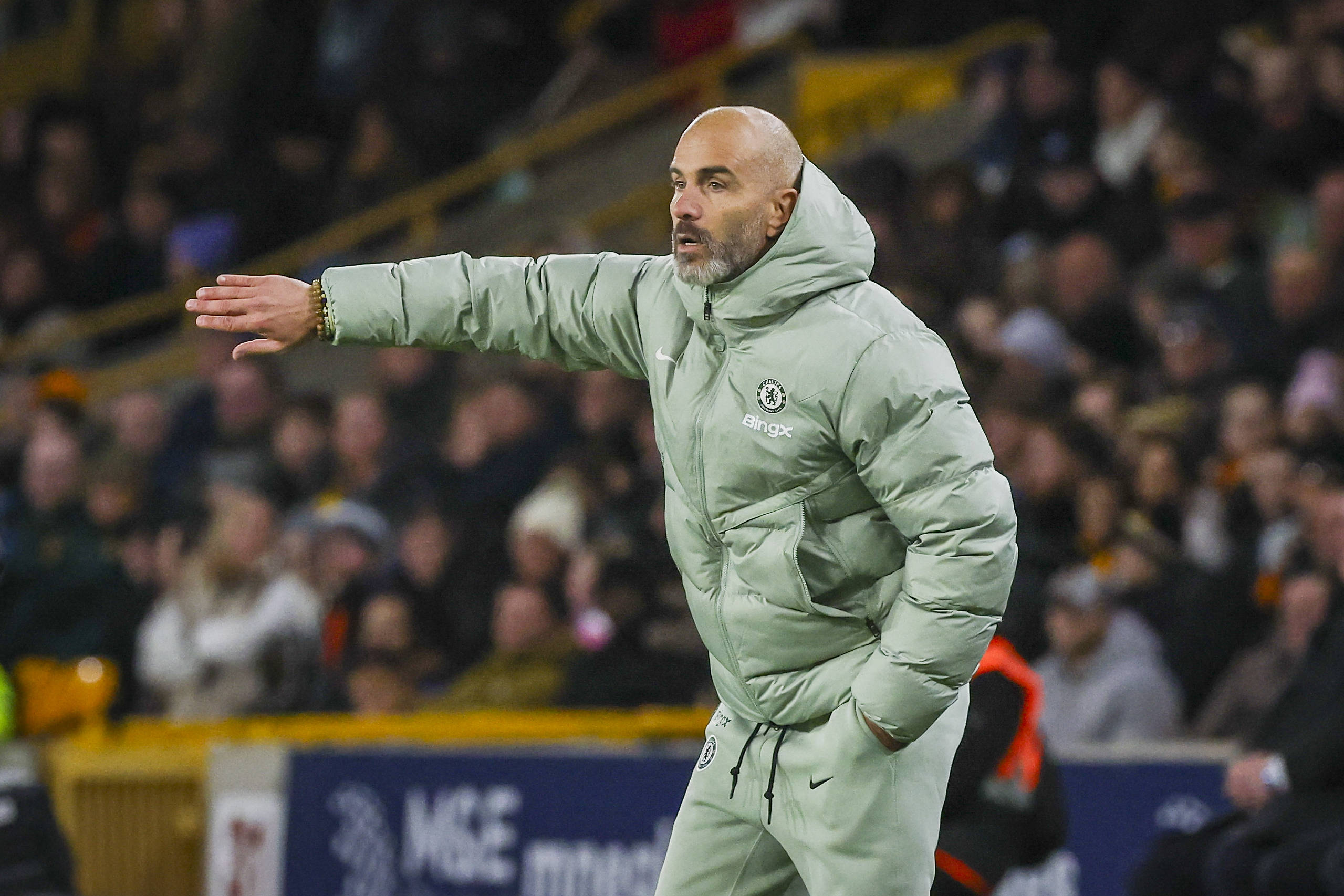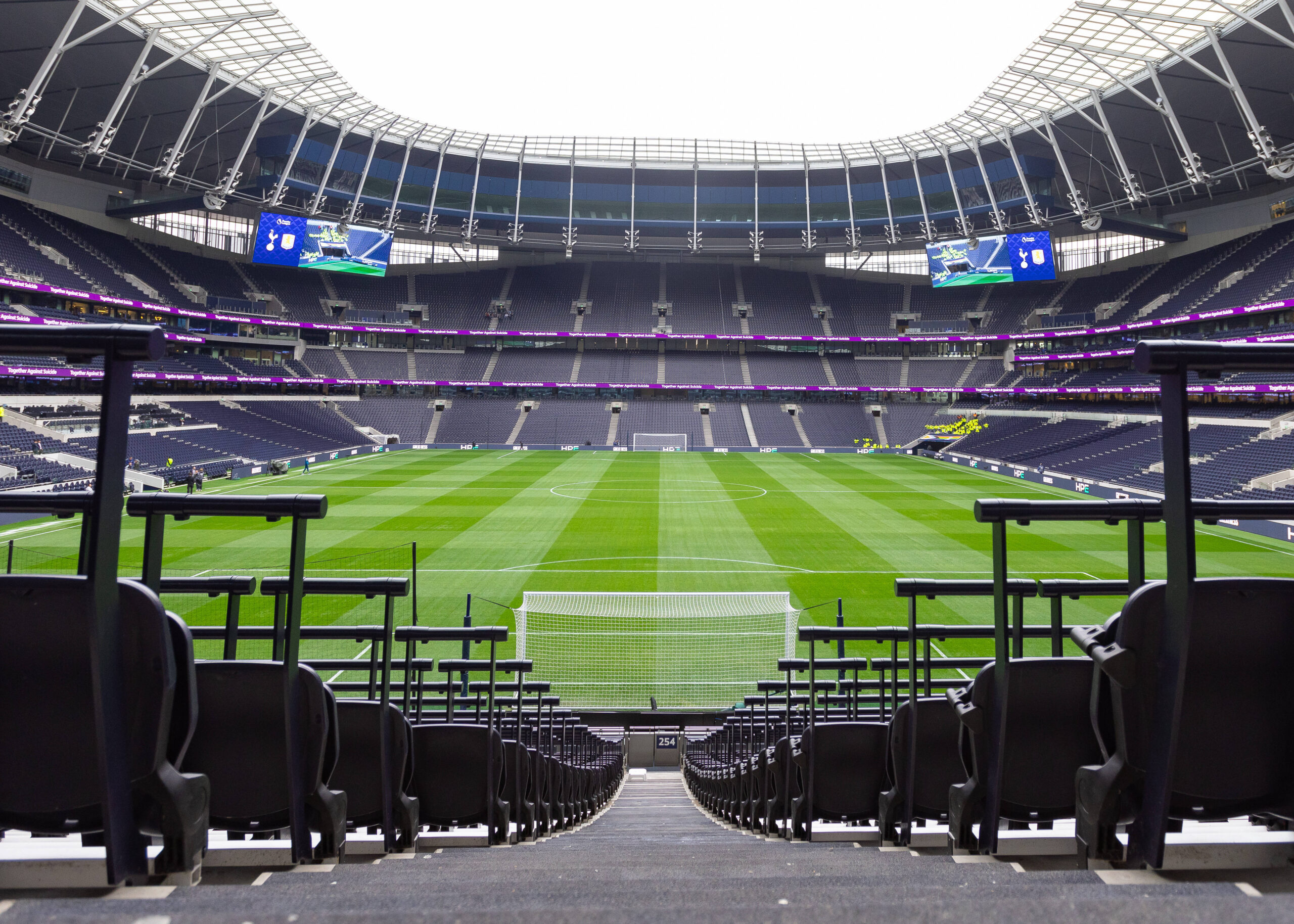Liverpool Football Club have been one of the best teams in Europe in recent seasons, however, during the 2022/23 season, their performances dropped off significantly, and individual performances as well as the playing style appeared stale. Coach Jurgen Klopp’s preferred 4-3-3 system, built upon intensity and pressing had lost its sparkle, and the side needed a refresh.
This led to a late-season change in systems. Klopp chose to adjust Liverpool’s 4-3-3 system, to look more similar to the modern 3-2-2-3 systems implemented by Arsenal and Manchester City. The benefit of this was it allowed Liverpool to find a new role for right-back Trent Alexander-Arnold.
Klopp’s experiment
Never a natural defender, Trent always had the passing and creative ability of a midfielder, and this became a focal point for Liverpool’s new system. Klopp phased overlapping full-backs out of his system and instead inverted Trent into midfield. This gave left-back Andrew Robertson the freedom to go forward still, but he more often tucked in alongside the center-backs.
This created a 3-2-2-3 shape in-game, as Trent moved alongside Fabinho in defensive midfield, whilst the two remaining midfielders pushed higher. However, with the 2023/24 season almost upon us, is it possible Liverpool will continue evolving and steer into their late season tactical success?
Liverpool’s reinforcements
The signings of Alexis Mac Allister and Dominik Szoboszlai are telltale signs of a necessary midfield rebuild, which has been a problem in recent seasons at the club. Mac Allister has been deployed as both an attacking and defensive central midfielder in the past, and is a capable press-resistant all-round midfielder. Szoboszlai offers something more unique, in that he is a highly technical player, most suited to playing as an attacking midfielder, but also a strong option on the right wing or the right side of a midfield three.
Liverpool’s midfield as of last season certainly lacked players of this ilk, and Liverpool have long been criticized for a lack of creativity from midfield. However, how will Liverpool adjust to accommodate these talents? Klopp’s traditional 4-3-3 formation is still a viable option. Current Liverpool player Fabinho can remain as the defensive midfielder, whilst the new additions would add creativity and rotation options alongside Liverpool’s current central midfielders.
Tactical Problems
However, last season Fabinho often appeared overwhelmed when operating as a sole defensive midfielder. This coincided with Liverpool’s attackers failing to close down the opposition due to a lack of energy and cohesion, as well as a shaky low-confidence defence behind him. This was particularly evident down Liverpool’s right-hand side. Winger Mohamed Salah was not the most diligent in defensive transition, and Alexander-Arnold’s defensive deficiencies were often targeted by the opposition.
This often dragged central players such as Jordan Henderson out of position to cover, which only created further problems in central areas. Would Mac Allister and Szoboszlai change this in the current structure? Arguably not, and therefore, it is possible that Klopp will continue to be tactically trendy and deploy a modern 3-2-2-3 shape.
Potential Solutions
Examining the pros and cons of this provides interesting debate. A positive the 3-2-2-3 shape provides is the freedom it provides Liverpool’s most creative player Alexander Arnold. When Klopp has asked him to invert he has excelled in midfield, as he has not only added creative spark but also provided more central protection alongside Fabinho. Accordingly, this shape could see Mac Allister and Szoboszlai take up the positions of the higher two midfielders. However, a con is that it was far from a perfect fix and Liverpool still looked shaky defensively.
Poor form atop a lack of defensive cover and versatility meant gaps were still exploited across Liverpool’s defence. The shape was also not ideal for all participants, as the traditionally high-flying left-back Robertson took a more reserved defensive role to facilitate Trent’s new position. Although it was an effective short-term stop-gap for Liverpool, which saw results improve and Alexander Arnold flourish once more, it is not the most beneficial line-up for the entire squad. Therefore, given Liverpool’s defensive frailties, as well as the club’s new marquee signings, a 4-2-3-1 shape may well be the way forward.
The Evolution
A 4-2-3-1 shape would give Liverpool a more balanced shape, as MacAllister could slot in beside Fabinho to form a double pivot. Fabinho could focus on breaking up opposition attacks, whilst Mac Allister could excel as a deep-lying playmaker and pendulum passer. Another player in build-up would also provide more numerical safety, which would make attacking full-backs less of a dangerous proposition.
Offensively, Liverpool would still have attacking freedom, as the wingers would still have the room to drive in-field, and the full-backs could more easily overlap, aware of the defensive security behind them. As well, Szoboszlai could wreak havoc as a roaming attacking midfielder behind the front three. Szoboszlai also tends to drift to the right-hand side where has predominantly played in recent seasons, which could also free up Salah to take up more central roles.
Liverpool under Jurgen Klopp are famous for their industrious hard work as opposed to creative midfield. The creativity and attacking prowess came through overlapping fullbacks and elite wingers. However, last season, though a disappointing campaign, was the beginning of Liverpool’s revolution, and next season may prove to be a breakthrough. Klopp’s experiment with the 3-2-2-3 shape may have proven effective in some manner, but moreover further exposed Liverpool’s weaknesses and areas for improvement.
Although the long-awaited use of Alexander Arnold in a central role was exciting, and no doubt in the future he will feature there again. For example, he was recently slotted into midfield for the England national team in friendly matches. However, the clever recruitment of players such as Mac Allister and Szoboszlai suggests Liverpool’s evolution may take a different path.
Will Liverpool Find Form Once Again?
Klopp is a top-level coach and is aware he must evolve to keep Liverpool amongst the elite. Klopp’s heavy metal intense pressing philosophy will no doubt remain, but the method and shapes to achieve this will shift to accommodate and facilitate his personnel. Football is always evolving, and one of Europe’s elite competitors may well be having an evolution and tactical revolution of their own. Downed but not out, Liverpool may well be back for the 2023/24 Premier League season.




